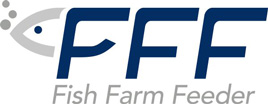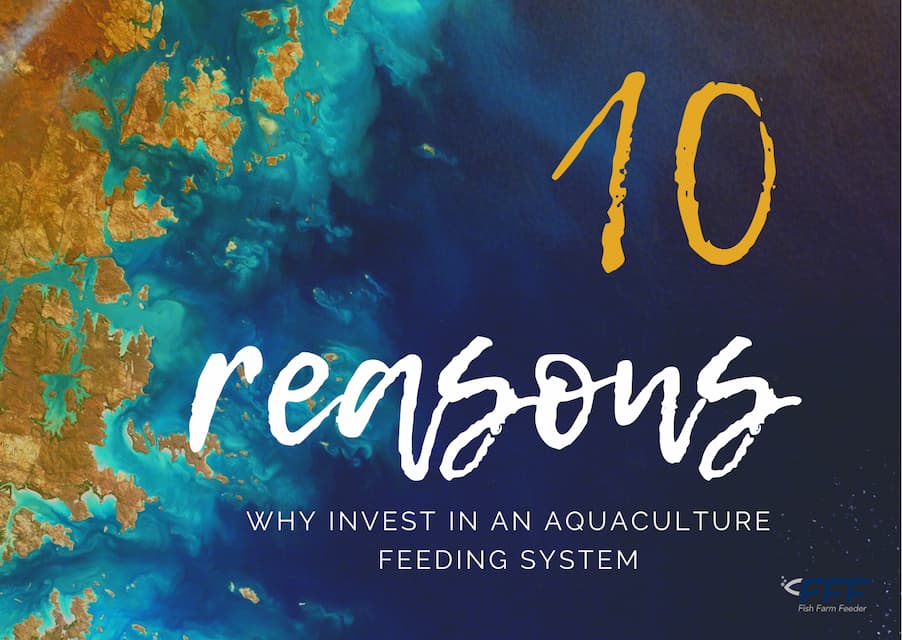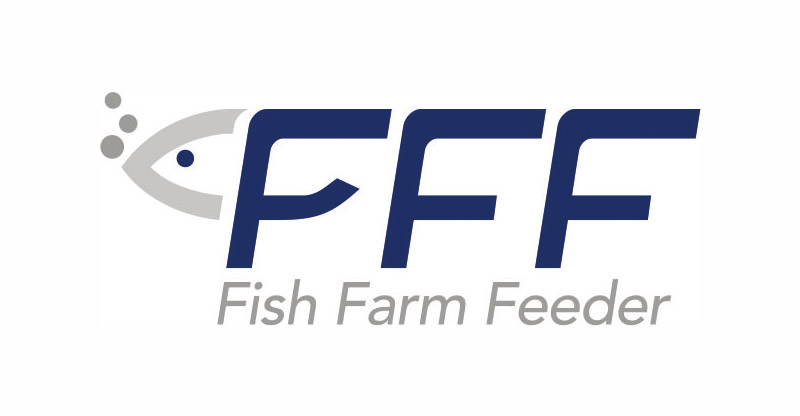The automation of feeding processes in aquaculture sector is a necessity without any doubt.
The main reason that leads us to take the step of automating a fish or shrimp farm is usually of an economic nature, focusing mainly on savings in feed consumption and savings in labor.
However, there are many other reasons that have economic impact on production, to a greater or lesser extent, in a direct relation with fish feeding in a farm. Therefore, we have summarized in the following 10 points the main arguments in favor of an automated feeding system.
Top 10 Benefits of an Automated feeder in Aquaculture Farms
» 1. FEED SAVING: FCR OPTIMIZATION
Automation allows to feed the farmed finfish or shrimp at the indicated time and dose size, which prevents to overfed the tank – one of the main reason of degrading or feed wasting.
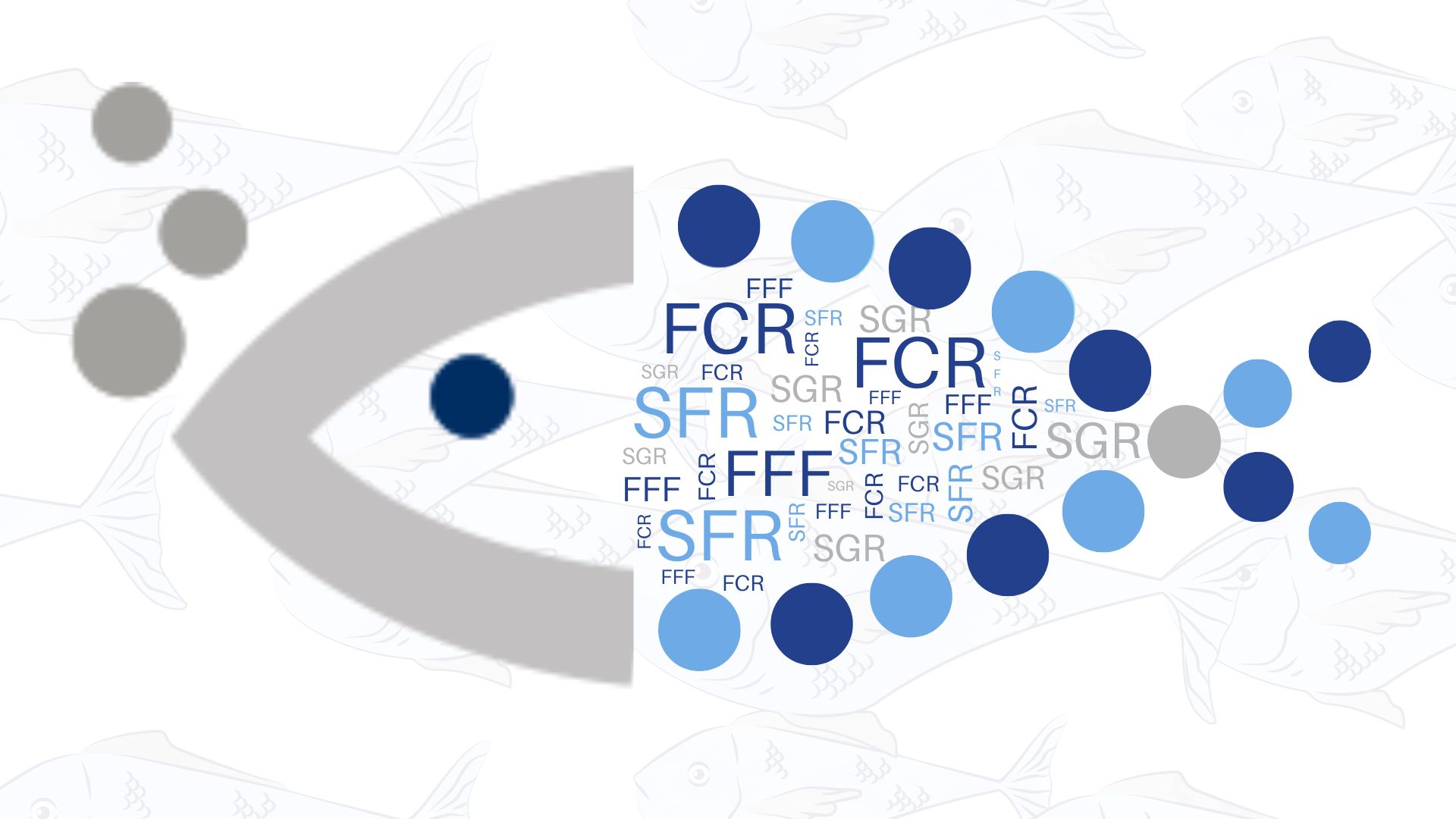
» 2. LABOR SAVINGS
The feeders can work with the same degree of precision 24 hours a day, requiring only one operator to supervise them.
» 3. FASTER GROWTH: SGR OPTIMIZATION
A correct diet helps the fish or shrimp to grow earlier, allowing the cycles to be shortened with the corresponding benefit for the farm.
» 4. LESS POLLUTION
By precise feed dosing according to the feeding needs, it is possible to prevent the pellet from degrading in the water or depositing at the bottom of the tank, avoiding contamination of the water.
» 5. SAVINGS IN OXYGEN CONSUMPTION
With less contamination and precise dosing, oxygen consumption and related costs will reduce.
» 6. SAVINGS IN FILTRATION
The filtration systems also benefits from reduction of contamination by applying automated feeder. Therefore operation and maintenance costs of filters will reduce.
» 7. REDUCTION OF MORTALITY
With an appropriate diet, it is viable to avoid problems of cannibalism and thus reducing mortality as a direct consequence of having cleaner water.
» 8. INCREASE IN BIOSECURITY
Less human contact with farmed fish leads to increased biosecurity, especially in aquaculture hatcheries.
» 9. INCREASE IN ANIMAL WELFARE
Better nutrition, less contamination, less mortality, less human interaction… All of this undoubtedly contributes to an improvement in the welfare of fish and/or shrimp.
» 10. EASIER AND LESS COSTLY SUPERVISION
Technical solution that permits control the aquaculture farm remotely – nowadays an element included in most automated feeding systems – reduces the number of trips and thus allows more time for other activities on the farm.
Taking into account these benefits – among them savings in feed and labor, as well as cost reduction in oxygen, filtration, mortality, maintenance, etc., the investment in an automated feeding system contributes to reducing the return on investment.
